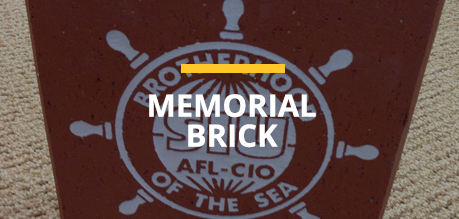Officials from the Department of Defense (DOD) and Department of Transportation (DOT), along with executives from the American maritime industry met in New Orleans in mid-March to discuss wartime readiness and strengthen their strategic relationships.
SIU Executive Vice President Augie Tellez is the labor representative on the committee known as the executive working group, which is overseen by the U.S. Transportation Command (USTRANSCOM). He took part in the recent sessions.
“When our nation goes to war, so too does the maritime industry,” said U.S. Army Lt. Gen. John Sullivan, deputy commander of USTRANSCOM. “Maintaining an adequate fleet of seaworthy ships is critical to TRANSCOM’s ability to deploy forces in a major conflict, as nearly 90% of U.S. military equipment would move by ship.”
Sullivan led the group and also was joined by senior leaders from the Maritime Administration, the Military Sealift Command, and executives from U.S. commercial sealift carriers.
The group is a subcommittee under the National Defense Transportation Association, where its members weigh how the DOD can improve its global transportation enterprise – specifically sealift and the Voluntary Intermodal Sealift Agreement (VISA). Tellez has been part of the group for more than two decades.
VISA is a partnership program between the U.S. government and maritime industry. The agreement was established in 1997 to provide the DOD with assured access to commercial sealift and intermodal capacity to support emergency deployment and sustainment of U.S. military forces. Intermodal capacity includes dry cargo ships, equipment, terminal facilities, and intermodal management services.
Sullivan expressed appreciation for the historic contributions delivered by civilian seafarers.
“U.S. Merchant Mariners are the backbone of our maritime capability,” he stated. “The qualified mariners you employ are the lifeblood we rely on to power our strategic sealift portfolio.”
USTRANSCOM, in coordination with MARAD, manages a strategic sealift portfolio that includes privately owned ships plus government-owned vessels. The privately owned ships enrolled in VISA are one element of the broader collection. The Maritime Security Program, a government retainer program for internationally trading ships, is another element of the commercial fleet, as the ships included in that program commit 100% of their capacity and support to VISA.
According to USTRANSCOM, on any given day, approximately 30 commercial and military ships are providing support to the DOD, moving strategic resources and materiel worldwide. With that in mind, Sullivan said, “Sealift is essential not only in crisis, but in everyday operations.”
He added, “Eighty percent of the 62 voyages supporting the delivery of aid and supplies to Ukraine were conducted by our commercial partners. While the air numbers (sorties flown) are larger, the largest volume has travelled by sea.”
###





Comments are closed.